Argonne National Laboratory Incorporates a Smart Labs Program into Existing Energy Efficiency Framework
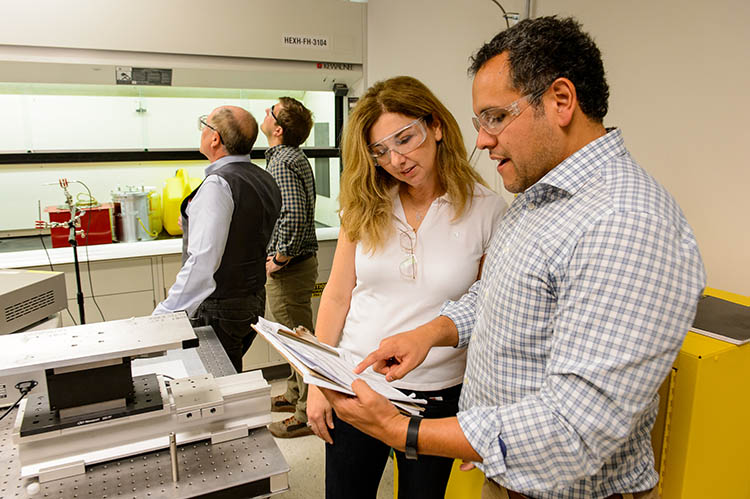
Argonne National Laboratory (ANL) is committed to making its Chicago-area campus more energy-efficient and sustainable through initiatives such as its retrocommissioning program and Energy Savings Reinvestment Fund. Because labs are typically three to four times more energy intensive than an average commercial building, ANL had a significant opportunity to reduce energy across its nearly 820,000 square feet of lab space.
With support from the Better Buildings Smart Labs Accelerator (SLA), ANL enhanced existing campus-wide sustainability efforts with new resources and a network of laboratory partners across the country.
Grassroots Building Performance Initiative Begins on Campus
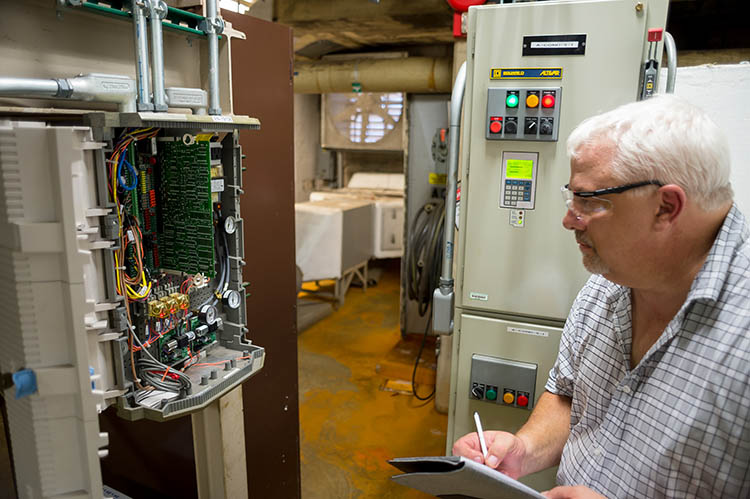
In 2017, ANL launched a pilot of its retrocommissioning program, a cross-disciplinary effort between its facilities division and its sustainability program to improve existing building system performance on campus. Together, these teams performed audits and completed building system functional testing to identify energy-saving measures to implement throughout campus buildings. During the implementation of efficiency measures at their first project, Building 200, laboratory owners raised questions about whether the project would impact safe ventilation levels. Airflow rebalancing was one measure addressed in the project, but it was approached from the whole-building perspective. The project team quickly realized that it was critical to better integrate the building's health and safety staff into the project and re-evaluate the approach to enhancing safe ventilation and building performance.
ANL Joins Better Buildings Smart Labs Accelerator
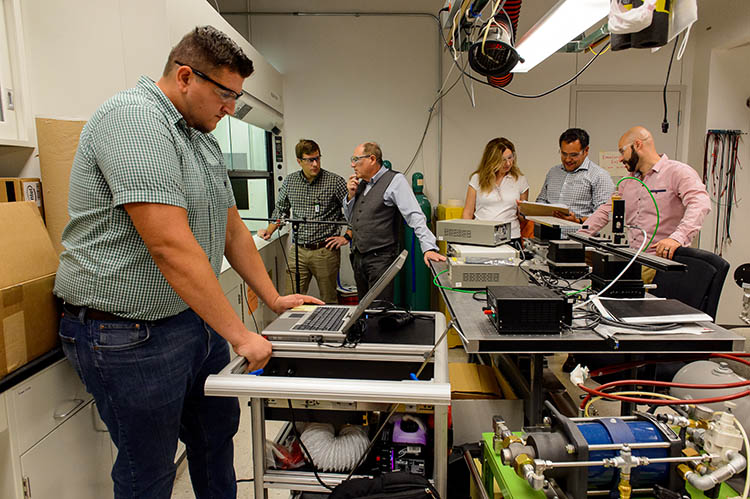
ANL reached out to U.S. Department of Energy (DOE) peer labs to request advice on the Building 200 project. Through these discussions, the team recognized the need to prioritize ventilation management as the primary way to improve laboratory efficiency. The team also learned the importance of working with a larger set of stakeholders including building occupants and health, safety, and environment staff. In 2018, ANL joined the SLA, a DOE program committed to accelerating the adoption of energy-efficient best practices in laboratory buildings.
Through the SLA, the ANL team reshaped their existing retro-commissioning program to focus on safe and efficient building system operations with ventilation. To support the program, a core multidisciplinary team was formed with staff from the following teams: facilities engineering, building controls and analytics, worker safety and health, project management, and sustainability. Resources from SLA helped ANL to improve outreach efforts and engage with a greater audience. ANL received technical assistance and participated in peer-learning opportunities that increased the team's understanding of Smart Labs best practices and how to evaluate and implement them at its labs. This team started implementing the Smart Labs framework across ANL's campus and identified a set of focus laboratories to benchmark and prioritize for optimizing laboratory ventilation.
Focusing Efforts, Incorporating New Goals, and Sharing Progress
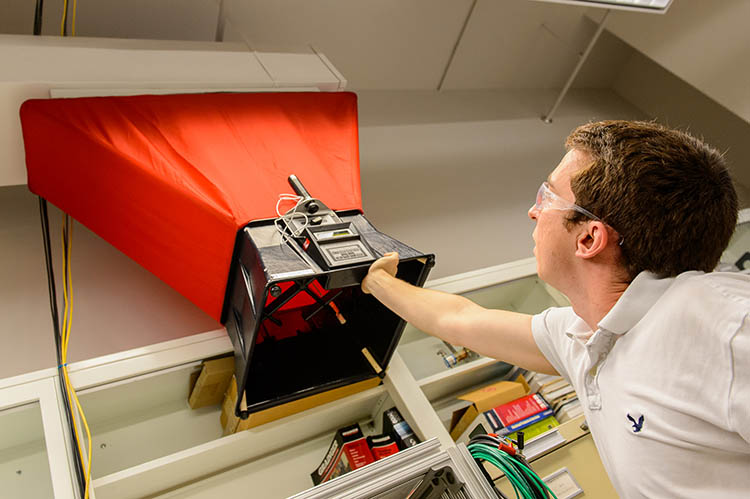
The foundation set by ANL's existing sustainability infrastructure provided the perfect springboard for its Smart Labs program. Since teaming up, ANL has expanded their retro-commissioning work and incorporated a host of new goals and activities. In 2019, ANL completed both a laboratory ventilation risk assessment (LVRA) and a demand for ventilation assessment (DVA) at two laboratories. Information from each assessment will be used to determine appropriate operation specifications such as air change rate and minimum airflow for each lab within the two buildings and exhaust duct and stack discharge rates for one building.
Additionally, in November 2019, ANL hosted a Smart Labs workshop, where 10 DOE laboratories gathered to share best practices, discuss current progress, and identify workshop barriers. While each laboratory was at their own stage in the Smart Labs journey, the group found that discussing their current activities helped to provide insight into their challenges and fresh ideas for strategies to implement in their home facilities. The workshop was so successful that the group continues to collaborate on action items developed during the workshop.
Incorporate a Smart Labs Program into Your Initiative
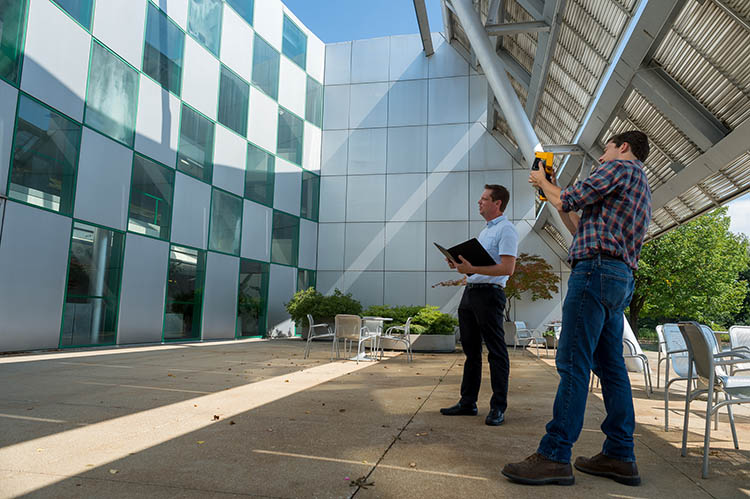
- Evaluate your sustainability program and future goals.
- Organize a core team including staff from various departments.
- Perform a building audit with a LVRA and a DVA to understand ventilation needs.